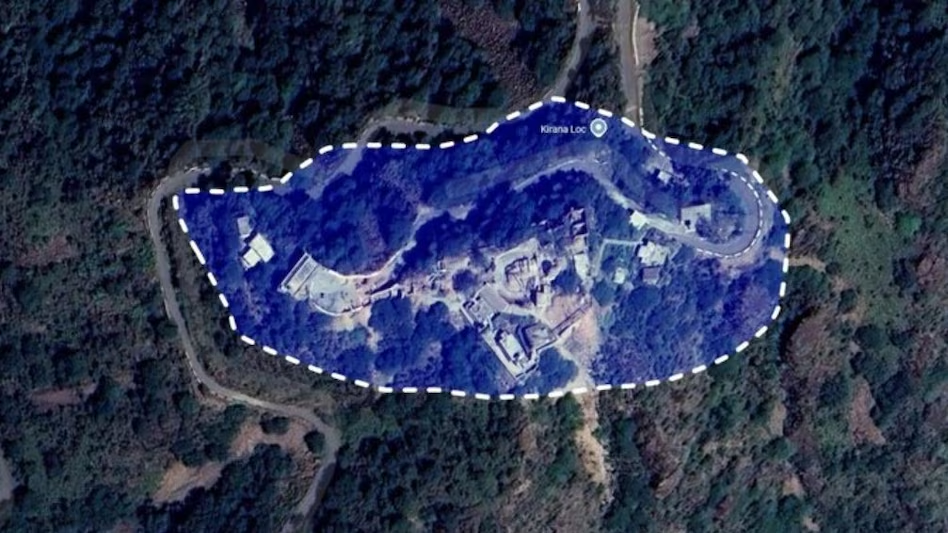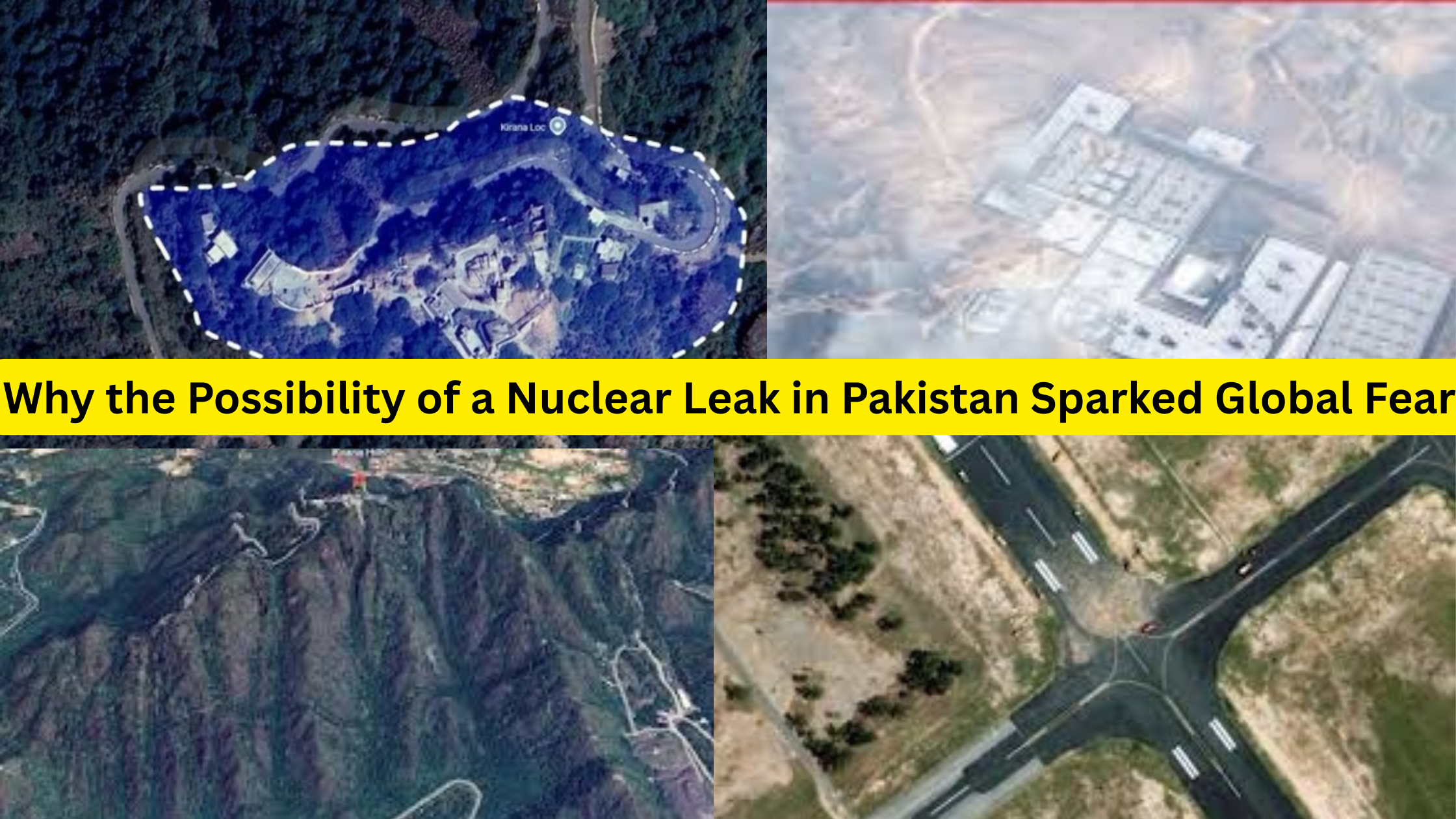Possibility of a Nuclear Leak in Pakistan Sparked Global Fear
On May 15, 2025, reports emerged about a potential nuclear radiation leak in Pakistan, sending shockwaves across the globe. The fear stemmed from the catastrophic implications of a leak involving plutonium-239, a highly toxic substance used in nuclear weapons. According to experts, just one gram of plutonium-239, if released into the air, could poison over 10 million people through inhalation, making it one of the deadliest substances known to humanity.

The concerns were amplified by recent military actions in the region. On May 10, 2025, India conducted Operation Sindoor, targeting terrorist infrastructure in Pakistan and Pakistan-occupied Kashmir (PoK). The operation included precision strikes on key Pakistani airbases, such as Sargodha and Nur Khan, which are reportedly near nuclear storage facilities. While the Indian Air Force (IAF) denied targeting nuclear sites like Kirana Hills, the proximity of the strikes to these sensitive locations raised alarms about possible damage to Pakistan’s nuclear infrastructure.
Speculation about a radiation leak intensified after unverified reports of a U.S. Department of Energy aircraft, equipped to detect nuclear fallout, being spotted in Pakistani airspace. Social media buzzed with panic, with Google searches in Pakistan spiking for terms like “Kirana Hills,” “nuclear bomb effects,” and “radiation risks.” The absence of official confirmation from Pakistani authorities or the International Atomic Energy Agency (IAEA) only fueled uncertainty, as people feared the worst.
The potential consequences of a nuclear leak are dire. A release of radioactive material could contaminate air, water, and soil, causing widespread health crises, including cancer and acute radiation syndrome. Beyond Pakistan’s borders, neighboring countries like India and Afghanistan could face environmental and humanitarian fallout. The global community, already on edge due to the India-Pakistan tensions, feared that such an incident could escalate into a broader geopolitical crisis, given the nuclear capabilities of both nations.
Pakistan’s nuclear program has long been a point of international concern. Its strategic sites, including Kirana Hills, are heavily fortified, but the recent conflict highlighted vulnerabilities. The strikes near Sargodha, approximately 20 km from Kirana Hills, underscored the risks of military escalation in areas close to nuclear facilities. While India maintained that its targets were solely terrorist-related, the strikes’ proximity to nuclear assets prompted questions about the safety and security of Pakistan’s arsenal.
The international response was swift but cautious. The United States, which mediated a ceasefire on May 10, reportedly deployed specialized aircraft to assess the situation, though no official statement confirmed a leak. The IAEA remained silent, awaiting concrete evidence. Meanwhile, Pakistani officials downplayed the concerns, but their lack of transparency did little to quell public fear.
This incident has reignited debates about nuclear safety in volatile regions. Pakistan’s reliance on nuclear deterrence, coupled with its history of political instability, raises questions about the safeguards protecting its arsenal. The global community is now grappling with the need for stronger oversight and diplomatic efforts to prevent such risks from materializing.
As of now, no confirmed reports of a radiation leak have surfaced, but the scare has left a lasting impact. It serves as a stark reminder of the catastrophic stakes involved in nuclear-armed conflicts and the urgent need for de-escalation and robust safety measures to protect humanity from an unimaginable disaster.
Possibility of a Nuclear Leak in Pakistan Sparked Global Fear

